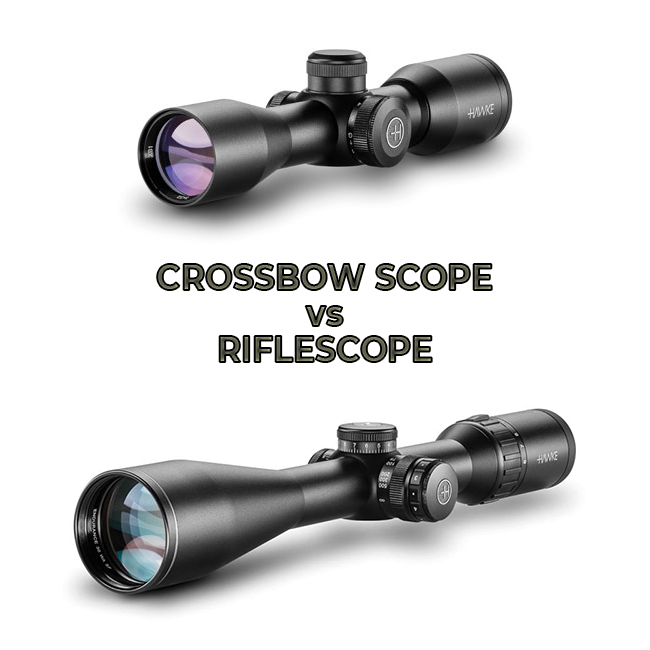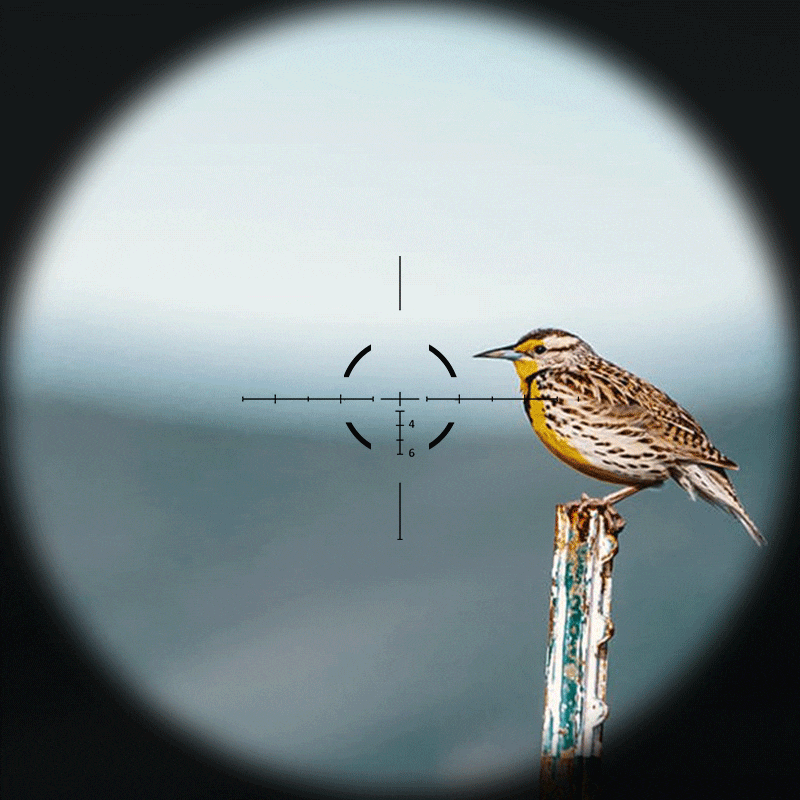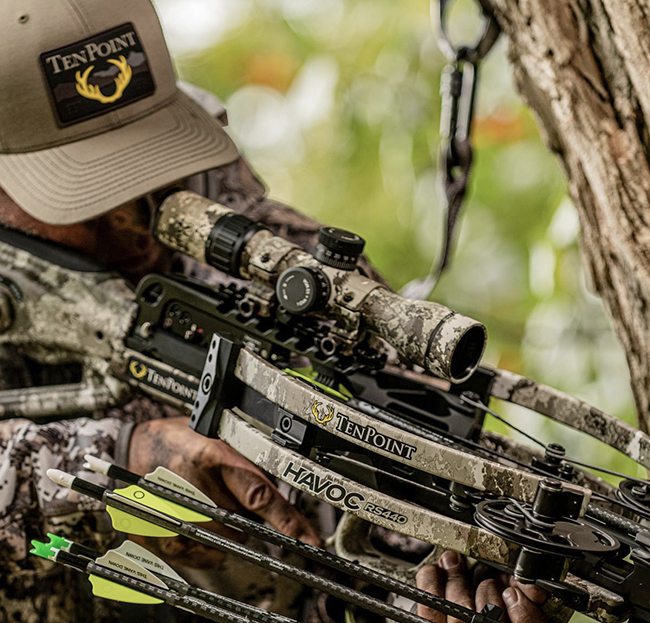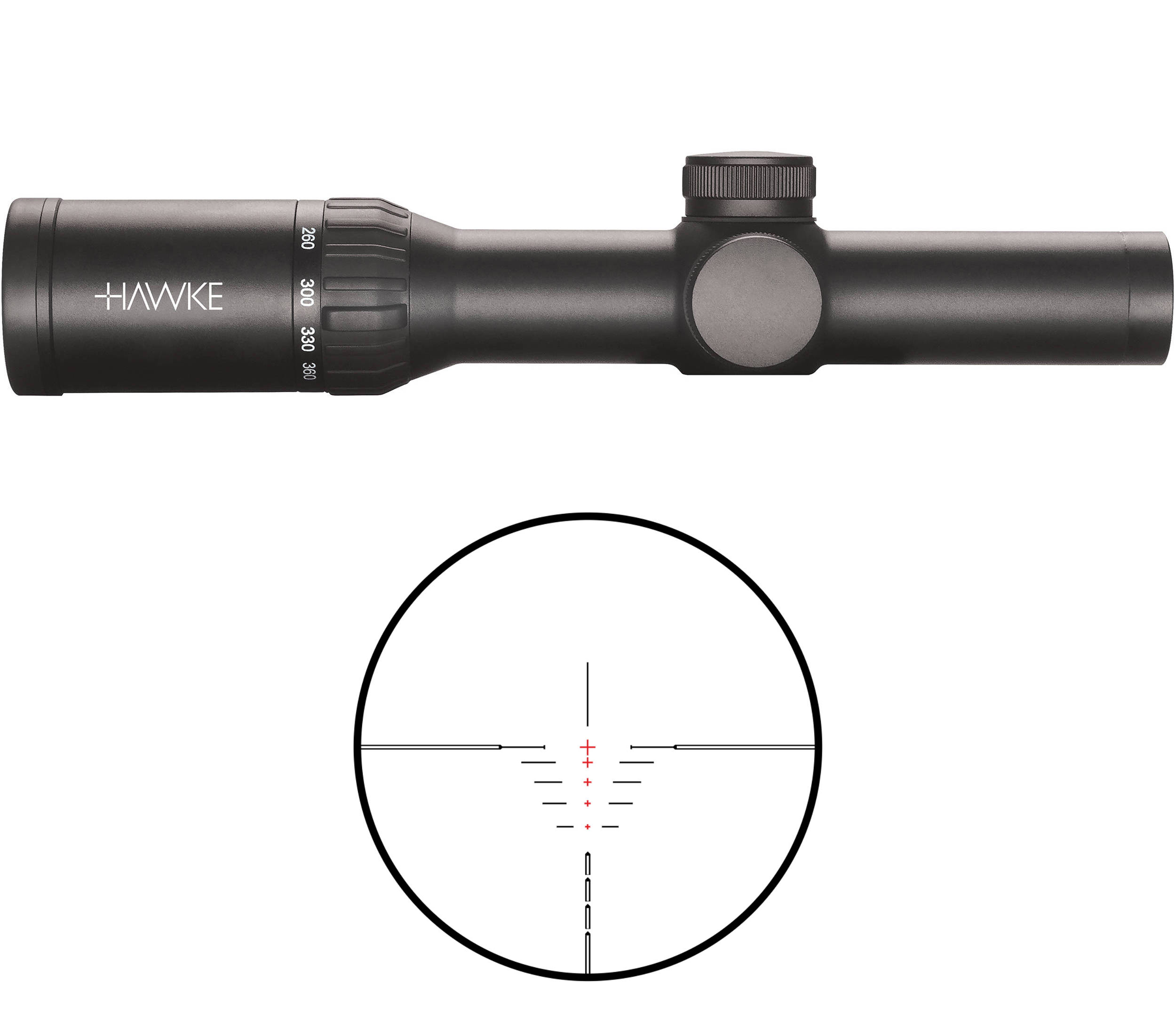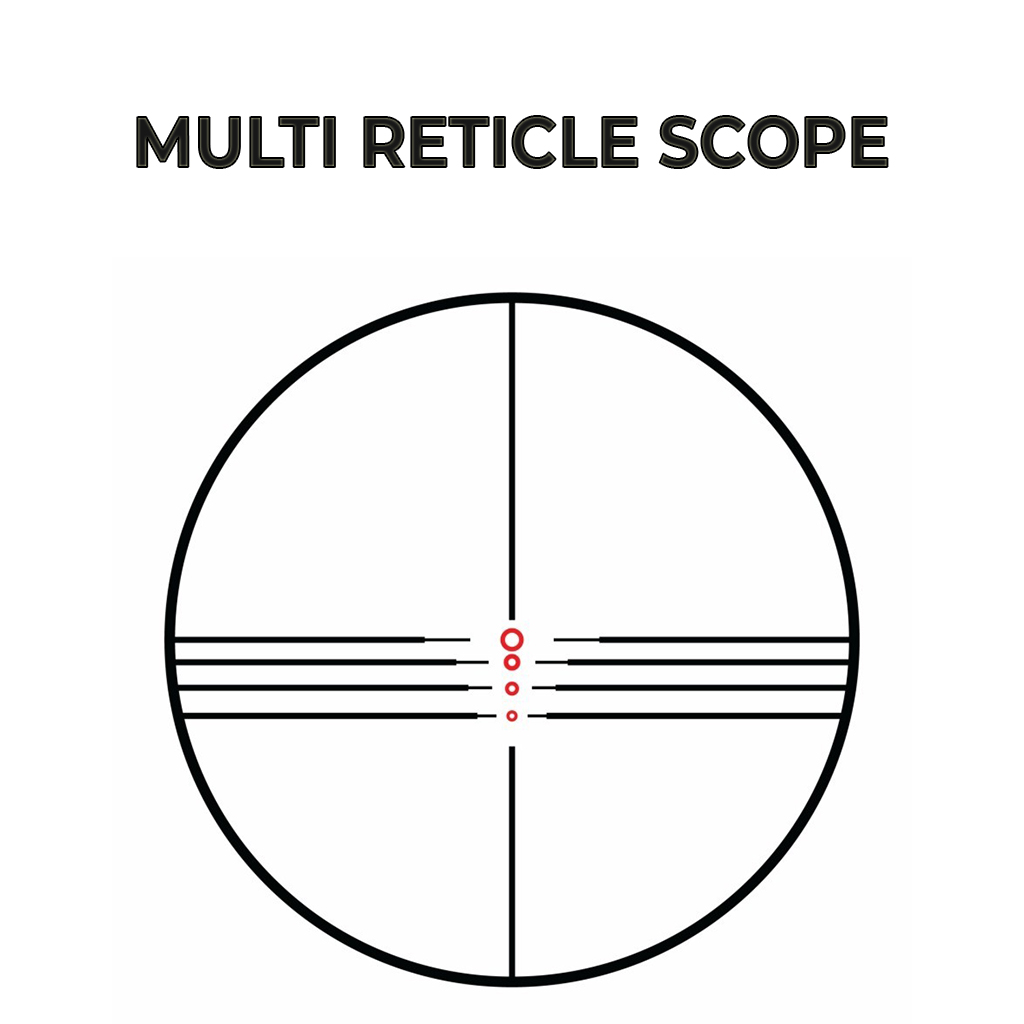Imagine having the best crossbow out there, but you still can’t make accurate shots. So you need to choose a solid crossbow scope with just the right features to assist you in making precise shots at the targets.
Professional hunters have used crossbows with scopes for a long time. They have been innovated and improved to make a hunter’s life easier by allowing for a clearer sight of the target on the field.
Contents
Crossbow Scope: The Basics
A crossbow scope works similarly to a rifle scope. It allows for a better focus on the target, thanks to the magnification. It is a must-have accessory for any hunter looking to improve their hunting game with a crossbow.
The scope is like a long black cylindrical tube with lenses on either side. The lens where you look from is the ocular lens fitted in an eyepiece.
The opposing end of the scope, known as the objective bell, houses the objective lens. Depending on the model you get, the scope also has a zoom ring used to zoom in or out.
The middle part of the scope houses two different tools, each for windage and elevation adjustment.
Due to their magnifying characteristics, scopes increase the accuracy of the shot. As a result, you don’t only get to make quick kills, but the animal also suffers less as your shot becomes more precise.
You can choose from a wide variety of crossbow scopes in the market. Sometimes people also call them sights, as they help improve the sight on the hunting field.
Since scopes come in many different models and distinctive designs, you must choose a crossbow scope that fits your crossbow best. But, more importantly, you must get a scope that has all the specifications that you need.
Things To Consider When Choosing a Crossbow Scope
As mentioned earlier, crossbow scopes come in many designs and models. Therefore, to get the right one, you would have to consider a lot of things.
First and foremost is your purpose for getting a crossbow scope. This will help you narrow down each characteristic to land on the scope that suits you the most.
Scope Magnification
Scope magnification is one of the essential features of a crossbow scope. It is similar to how magnification works on a camera when you zoom in.
The magnification is measured in times, e.g., a 2x scope helps you see the target two times better than the naked eye.
Scope magnification comes in handy on the hunting field. However, you can choose between two types of scopes depending on your need: fixed scopes and variable scopes.
Fixed Scopes
A fixed power crossbow scope, as the name suggests, has a fixed power of magnification that can’t be changed. This feature makes the design unique and more reliable.
For instance, if you choose a 6×42 magnification crossbow scope, and it won’t change. However, even though a fixed scope is more reliable than a variable one, it does have some limitations.
Since the power is fixed, you cannot change it when required. However, at the same time, the fixed power allows for a clearer and brighter sight of the target. That’s because all the settings are already done for you.
Variable Scopes
Variable crossbow scope has variable power options that you can choose and shift to. The best thing is that you can change the magnification power depending on your need.
Professional hunters believe that these scopes are less reliable than fixed scopes. However, they do offer you flexibility when you need to change the scope power.
Illumination
All modern scopes come with illumination as it is a highly functional feature. It is found on the crosshairs, which help to focus on the target.
It basically lights up the crosshairs to help you have a better aim in low light conditions. As a result, hunters find it more convenient to hunt from dusk till dawn.
It’s also fair to note that different crossbow scope models use either red or green light to illuminate the crosshairs.
The Eye Relief
Eye relief is the distance between your eye and the eyepiece on the scope. This distance must be kept in order to have a clear view of the target.
For instance, a scope with an eye relief of 3 inches would require you to keep your aiming eye 4 inches away for the eyepiece to see clearly. Whether eye relief suits you is a personal choice and depends on how you hold the crossbow.
Scope’s Durability
Apart from having all the features that you want, a crossbow scope must be durable. If you get a premium scope from a good brand, chances are it will last you a pretty long time.
More importantly, you can use it with multiple crossbows without any issues.
Reputable manufacturers even offer a five-year or lifetime warranty for their scopes. However, check the reviews for each scope and the company to ensure their customer support is good if anything goes wrong.
If you are in the game for a long time, make your investment worth it. Do your research and find the best scope out there for you.
Optic Lens & Exit Pupil
The optic lens holds equal importance as the magnification of a scope. If you have a powerful magnification on a scope but a bad optic lens, the scope will still be useless as it won’t produce vivid and crisp images.
Moreover, a fully coated optic lens allows for a better vision of the target as it lets more light pass through.
Coming to exit pupil, this term is often used when you are in the physical shop to buy a scope. But the exit pupil basically dictates the amount of light that enters the scope and hence your eye.
You need more light for a better vision, so the exit pupil must be considered before purchasing.
Scope’s Full Length
The general trend is that a longer scope has a higher magnification. As a result, this becomes a crucial factor to consider.
However, you must consider that a longer scope is also bigger in size and heavier. Therefore, the higher magnification comes at a compromise of adding weight and affecting maneuverability.
Light Transmission
Light transmission, more commonly known as stray light, is the reflection of the light that falls on the scope’s metal. It forms a glare that can reach your eye and distract you during a shot.
Therefore, many crossbow scopes come with a coating applied on the inside to avoid light transmission.
The coating helps prevent glare formation, allowing you to stay focused on the target without any distractions.
Multi-Reticle vs. Variable Power Scopes
A multi reticle scope has a fixed magnification, usually 4x, and a fixed speed. In addition, it has several horizontal dots, marks, or reticles which make shooting at various distances easier.
The reticles also eradicate the need to make adjustments to elevation and windage. The horizontal and vertical reticles intersect to show a point where you can shoot accurately at a distance.
However, for your crossbow to shoot accurately, it needs to shoot at around the same speed as the multi-reticle scope. For example, if a multi-reticle scope has a fixed speed of 330 fps, your crossbow needs to have a shooting speed around this number.
In addition, a multi-reticle scope usually has fixed distances of 20, 30, and 40 yards to shoot accurately.
On the other hand, a variable scope is no different than a multi-reticle scope except that it has variable speed settings. As a result, you can calibrate your scope’s speed to be in line with the speed of your crossbow.
For example, given the variable speed setting, the horizontal and vertical reticles on a variable power scope are always intersected at distances of 20, 30, and 40 yards because the speed is always calibrated with the arrow’s speed. Thus, it makes it more convenient to have accurate shots.

Hi, my name is Michael Goodman. As a skilled hunter and a man of the field, I will show you some sophisticated, intelligent, and useful hunting methods and techniques.


